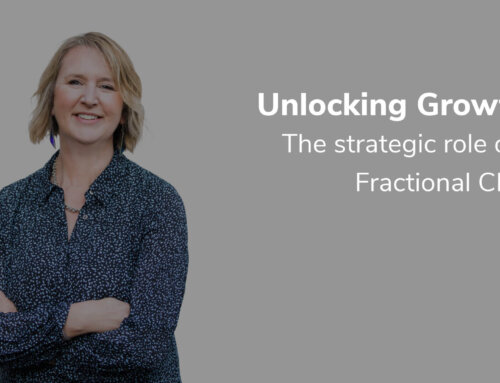What makes your business unique?
Achieving the right positioning of your business is key to your success. What is it about your business that makes it unique, more valuable and more visible in the market place? You’ve probably heard the old saying “differentiate or die”? In today’s economic, competitive and digitally enabled world you must be unique and fill a special niche to be highly successful, which means you need a USP.
How do you show that you are unique or the best?
Today we cannot thrive if we use the same old “me too” approach that everyone else is using. Your business needs to have a USP that “cuts through the clutter“, that separates your business from the competition, and positions you as the best choice.
Building your USP takes some effort, but it really is worth the effort and will build added advantage. Using a powerful USP will make the job of marketing and selling much easier, enabling you to more easily increase sales and profits.
Unique Selling Proposition (USP)
Establishing your USP is a key building block of intelligent marketing and business development that has stood the test of time. A USP helps customers save time when considering buying from you, by stating simply and clearly why you are different, and stand out from the competition.
Why Bother?
You need to stand out in today’s crowded and noisy market place and stand out from your competition. The process of creating your USP means focusing on the key benefits that will help you sell your products or services and contribute to your profits. It will improve the effectiveness of your sales activities.
Having the right USP will dramatically improve the positioning and marketability of your business by accomplishing 3 things:-
- Unique – It clearly sets YOU apart from the competition, positioning you at the logical choice
- Selling – it persuades others to exchange money for your product or service
- Proposition – it is a proposal or offer suggested for acceptance
The USP is the force that drives business and success. It can be used as a “branding tool” that’s used strategically and tactically with your sales and marketing efforts, any ads, promotions, website, leaflet or brochure. This will help you to build a longer lasting reputation, and make selling easier.
The ultimate goal of your USP is to have people say to you… “Oh, yes I’ve heard of you. You’re the company who…”
Three steps to developing your USP
1. What you need to know
- The features of the products or services you’re promoting
- How and why your customers use you
- Features of your competitor products or services
2. What you need to do to create your USP
- Identify the products or services you most want to succeed that will contribute most to your profits
- List all the main features. Features describe what your product or service does. The list should include features such as quality, service, delivery, price and functional or technical characteristics
- Convert each feature into one or more benefit. A feature describes what your service does; the benefits describe what customer needs it fulfills. Converting features into benefits is very important because customers buy benefits, not features.
A simple technique which makes the task of converting features into benefits much easier, is to use the words ‘which means that’ after stating the feature. Therefore, what the feature means to the customer is the benefit they derive from it. Examples:-
Feature, which means that = benefit
Reliability (feature) which means that the machine is available more hours of the day (benefit)
Some benefits will be more important to your customer than others. Prioritise your list of benefits, ideally the 3 biggest benefits. Your prospect or client doesn’t care if you offer the best quality, service or price. You have to explain exactly WHY that is important to them. Think in terms of what your product or service does for your client and the end result they desire from what you offer.
Look at each benefit and indicate whether this benefit is:
- Standard to all competing suppliers (Standard)
- Something which is different and special to you (Different) – these are what makes you unique and a USP
If all your benefits are rated as S then this indicates that there’s no obvious differences between you and your competitors. In which case you need to:-
- Consider how you score against our competitors on the benefits which customers consider to be the most important. You need to find the benefits where your rating is high and shows the biggest difference between you and the competition. This will help you to analyse where you have a particular strength that may be exploited in a similar way to a USP
- Consider how you might develop your product or service feature to deliver new benefits that are not provided by competitors
- Solve an Industry “Pain Point” or “performance gap”. Identify which needs are going unfulfilled within either the industry or your local market. What are the most frustrating things that customers experience. Alleviate the “PAIN” in the USP
- Be Specific and Offer Proof – clients are skeptical of advertising claims companies make. So alleviate their skepticism by being specific and offering proof when possible.
3. Condense the USP into one clear and concise sentence
Take all the details about your product or service from the previous two steps and sculpt them into one clear and concise sentence. The most powerful USPs are so perfectly written, you cannot change or move even a single word; that’s pretty hard to do – but give it a go.
Be bold with your USP, but be sure you deliver. If you need help, you know where we are hello@intelligentmarketing.uk.com





